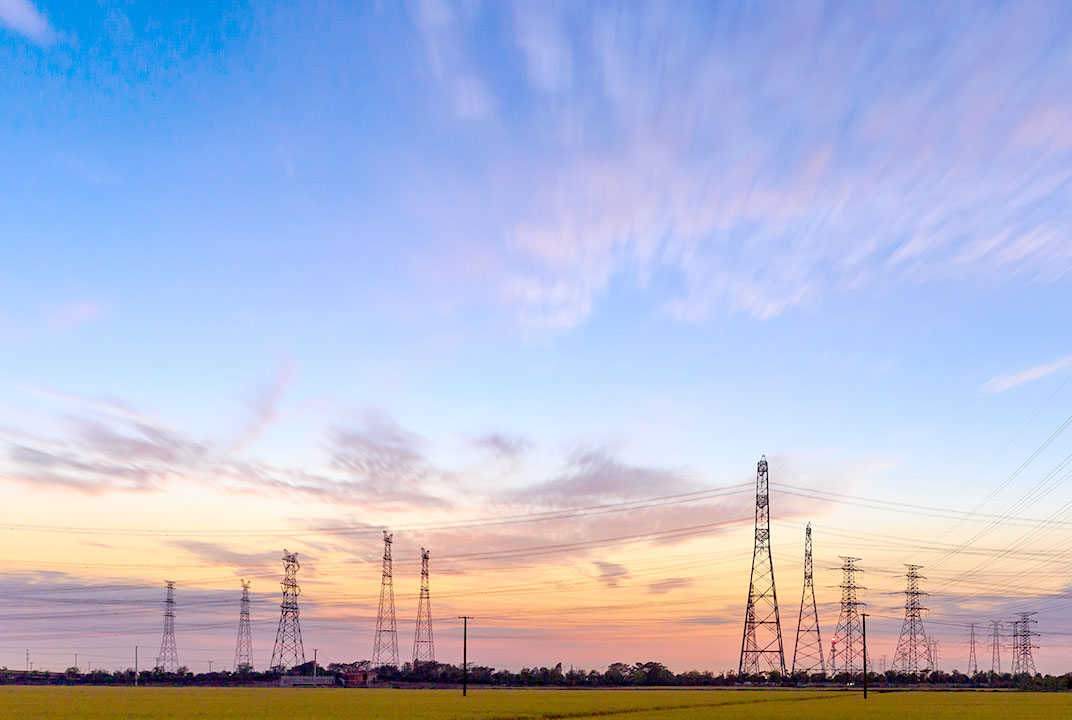Insight | Industrial IoT in the Time of Covid-19: Electrical utilities
Industrial IoT in the Time of Covid-19: Electrical utilities
null
IoT is accelerating the evolution of ever ‘smarter’ electricity generation and distribution networks.
Humans are consuming more energy every year, with electrical utilities companies increasing production and distribution capacity to meet this demand. The International Energy Agency expects global energy demand to increase by 37 per cent by 2040. In response, electrical power suppliers and energy network operators are ramping up their development of IoT solutions to help them cope with the strain on energy demand.
Our research reveals that increasingly common IoT use cases are providing utilities companies more opportunity to give value back to business users and consumers. These include: distribution automation, use of remote control reclosers, and advanced metering infrastructure (AMI) via smart meters. Covid-19 has hastened the rate of digital transformation, with 48 per cent of utilities companies accelerating IoT deployment in direct response to challenges created by the pandemic.
Read the Industrial IoT in the Time of Covid-19: Electrical Utilities report
Adoption
The electrical utilities sector is reaching relative maturity in terms of IoT adoption levels. 80 per cent of all organisations have fully deployed at least one IoT project. The remaining 20 per cent either plan to deploy IoT within the next two years, or are trialling such projects.
48 per cent of electrical utilities respondents have a formal IoT strategy
Connectivity
Connectivity continues to be a key barrier for IoT adoption in the sector, as the industry continues to shift from traditional unidirectional grids towards smarter grids. For example, 59 per cent of electricity suppliers say that public terrestrial networks are unsuitable for their IoT needs, despite continuing to rely on them.
Data
Electrical utilities organisations are leveraging valuable IoT data from all points across the lifecycle between energy suppliers, distribution network operators and consumers. The obstacles preventing effective data management are numerous, with security and privacy concerns the most prominent among 53 per cent of respondents from utilities organisations.
80 per cent of electrical utilities respondents have enjoyed more success with IoT projects since solving their connectivity challenges
Skills
Very few organisations in the sector say they have all the essential skills they need to successfully fulfil their IoT projects at different levels. For example, 58 per cent of respondents reported the need for additional security skills.
Security
A wide range of IoT security challenges concern businesses. For instance, 59 per cent of those surveyed cited the risk of an external cyber-attack as their primary IoT security concern. Despite this, it is encouraging to see that 54 per cent have created an internal IoT security policy.
Investment
The most positive sign that IoT investments are improving the bottom line is reflected in the high levels of awareness of how IoT can save their businesses money. Average estimated costs saved from IoT projects are expected to rise to 30 per cent in five years’ time.
Explore your sector
Our research looks at the effect that Covid-19 has had on IoT adoption and sheds light on the next steps that organisations in the agriculture, electrical utilities, mining, oil and gas, and transport and logistics sectors must take on their IoT journeys. Explore how organisations in your sector are harnessing IoT to meet today’s most pressing business challenges – and create new opportunities as well.
About the research
The Inmarsat Research Programme is now in its fifth year, with this 2021 report providing an update on how the industrial Internet of Things (IoT) is being adopted by organisations across the agriculture, electrical utilities, mining, oil and gas and transport and logistics sectors.
Specifically, this report looks at the impact of Covid-19 on IoT adoption, as well as challenges related to connectivity, skills, security, data and investment.
To understand this Inmarsat commissioned Vanson Bourne, a specialist technology market research company, to interview 450 respondents in early 2021, a year after the start of the pandemic.
Respondents work for organisations with at least 250 employees and are drawn from various global regions including the Americas, EMEA and Asia-Pacific. All of those surveyed are responsible for delivering IoT initiatives at their respective organisations.


